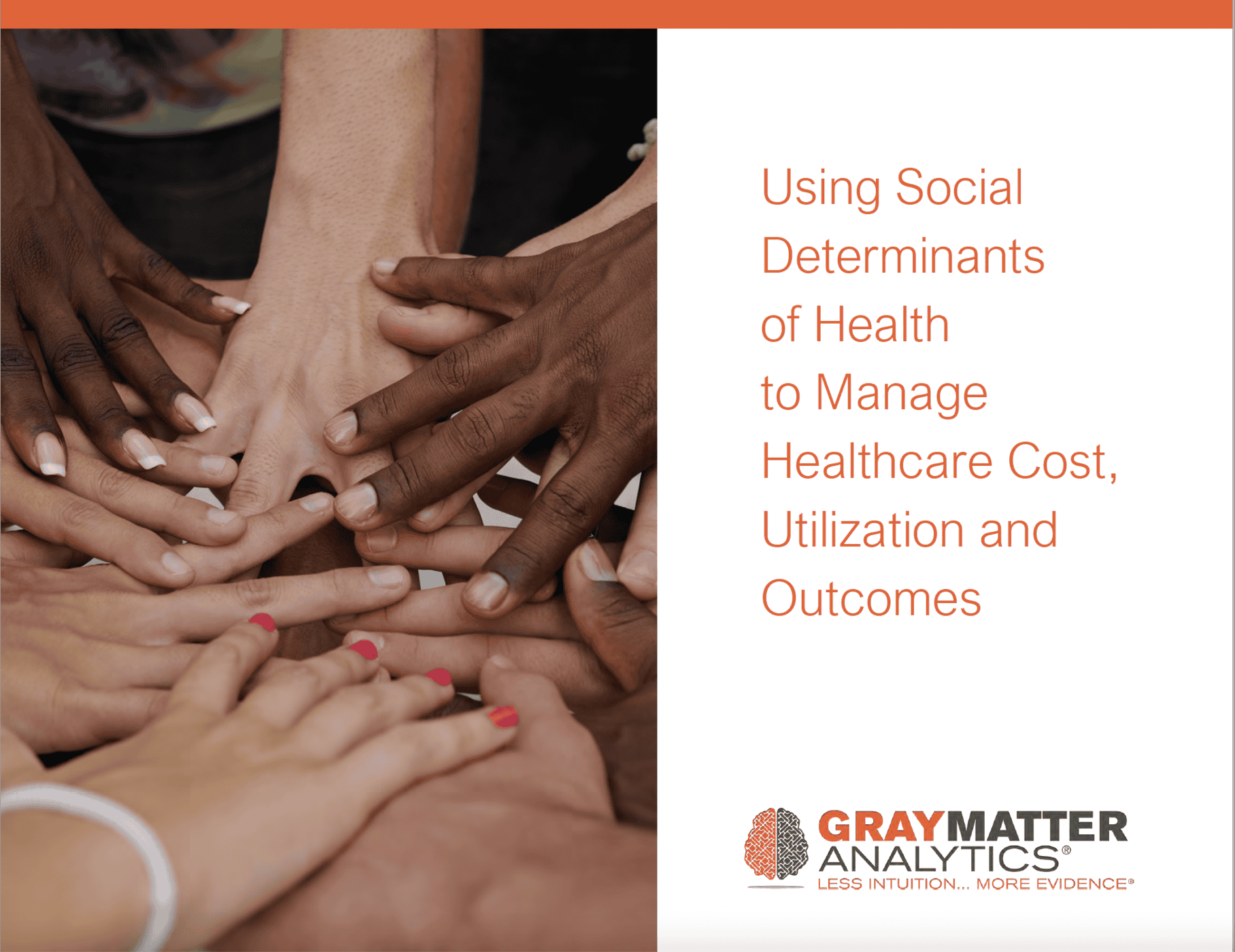Using Social Determinants of Health Data to Manage Costs and Utilization

Half of surveyed Medicare Advantage plan members have at least one health-related social need. Factors such as economic instability, unsafe or unaffordable housing, food deserts, poor quality healthcare, low levels of education and/or inadequate community support compound the risk for preventable conditions such as heart disease, diabetes and obesity.
Value-based care (VBC), with its capitated payment contracts, demands every opportunity payors and providers can manage to keep costs at par. So, they have increased efforts to collect and integrate social determinants of health (SDoH) data into their workflows.
While community organizations and the Centers for Medicare & Medicaid Services (CMS) are working on new quality measures to attach to value-based contracts, payors and providers are seeking new data and solutions to use it to identify avoidable utilization and unnecessary costs, then reallocate resources saved through VBC to address SDoH.
When routine care follow-up happens at the hospital
People burdened by adverse SDoH often visit the emergency department (ED) for primary care treatable illnesses and are more likely to have hospital readmissions. This is where data and advanced analytics must be deployed to provide end-to-end support for care program design and delivery. Advanced analytics can provide a comprehensive understanding of an individual’s needs. When the healthcare system is incentivized to keep individuals healthy, payors and provides become more accountable for the well-being of the populations they serve. Data and analytics can enable proactive attention toward disease prevention and prioritization of people most at risk, with outreach and care strategies to improve outcomes.
Value-based contracts will cover nearly 65 million people in the U.S. (22% of insured lives) by 2025. Reduction in costly services benefits payors, providers and CMS. It’s already working. As of June 2021, 10% of CMS Innovation Center payment models produced savings for healthcare systems or society after incentives providers received incentive payouts. Additionally, value-based payment was significantly associated with lower acute care, including hospitalizations, observation stays and ED visits. And shared-risk models were associated with a 15.6% reduction in avoidable hospitalizations versus fee-for-service utilization rates.
By 2023, 70% of healthcare organizations’ attempts to scale VBC models will fail unless they invest in data-driven governance, operations and organizational infrastructure. To succeed, healthcare systems and plans need staff, technology and change management sensitive to the challenges of VBC, advises IDC, as well as intelligence on demand to navigate the deluge of data.
Combining SDoH information with clinical, claims, pharmacy, census, consumer data and more means advanced analytics solutions can accurately identify patient needs and support success in value-based contracts. Gray Matter Analytics’ scalable, cloud-based CoreTechs® VBC Analytics Solution captures and synthesizes data that will help improve the likelihood of care plans to control quality and cost according to contracts, reduce unnecessary high-cost utilization and support payors and providers in improving health outcomes.
For more information, get our eBook about SDoH and learn more about how SDoH is used to remediate incomplete or disjointed care, reduce costs and support better health outcomes.
